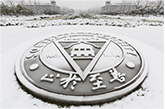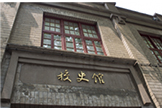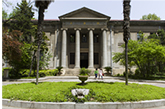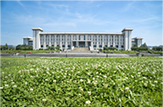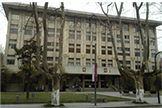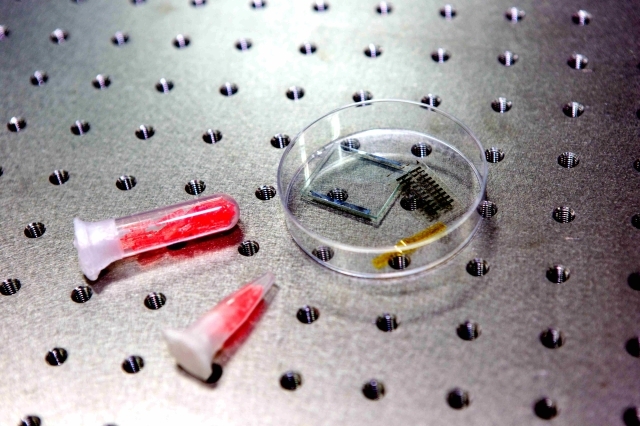
Recently, the research team led by Prof. Xiong Rengen, research group led by Prof. You Yumeng, and their cooperators have made important progress in the field of molecular ferroelectric and piezoelectric materials. Research results were published on the top academic journal Science on July 21st, 2017.
Piezoelectric materials allow conversion between electricity and mechanical stresses. The most efficient piezoelectric materials are ceramics such as BaTiO3 or PbZrO3, which are also extremely stiff. You et al. identified an organic perovskite structured piezoelectric material that is far more pliable yet has a piezoelectric response similar to that of traditional ceramics. This material may be a better option to use as a mechanical sensor for flexible devices, soft robotics, biomedical devices, and other micromechanical applications that benefit from a less stiff piezoelectric material.
Molecular piezoelectrics are highly desirable for their easy and environment-friendly processing, light weight, low processing temperature, and mechanical flexibility. However, although 136 years have passed since the discovery in 1880 of the piezoelectric effect, molecular piezoelectrics with a piezoelectric coefficient d33 comparable with piezoceramics such as barium titanate (BTO; ~190 picocoulombs per newton) have not been found. We show that trimethylchloromethyl ammonium trichloromanganese(II), an organic-inorganic perovskite ferroelectric crystal processed from aqueous solution, has a large d33 of 185 picocoulombs per newton and a high phase-transition temperature of 406 kelvin (K) (16 K above that of BTO). This makes it a competitive candidate for medical, micromechanical, and biomechanical applications.
The publication of the research results brings new directions for material research, and also indicates that China is now leading the way in this field of research.








